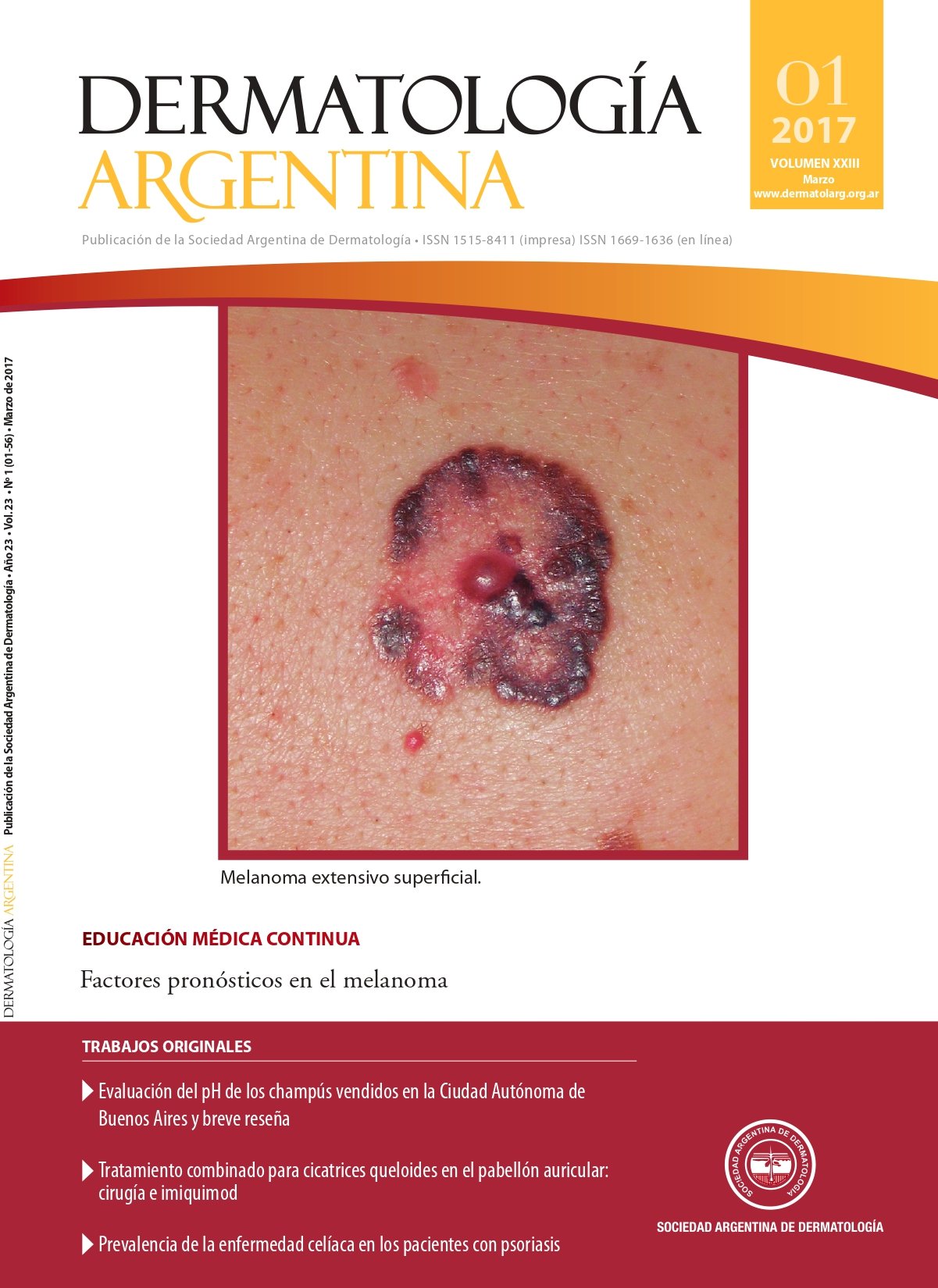Hereditary hemorrhagic telangiectasia
Keywords:
epistaxis, Osler-Weber-Rendu disease, hereditary hemorrhagic telangiectasiaAbstract
Hereditary hemorrhagic telangiectasia, also known as Osler-We-ber-Rendu disease, is a genetic autosomal dominantly inherited disorder that exhibits age-related penetrance. It is characterized by abnormal development of blood vessels, clinically manifesting with epistaxis, gastrointestinal bleeding, cutaneous telangiectasias, and arteriovenous malformations in internal organs like lungs, brain and liver. Genetic mutations affecting over 90% of cases are known and can be detected although diagnoses are made based on medical criteria.
References
I. Govani FS, Shovlin CL. Hereditary haemorrhagic telan-giectasia: a clinical and scientific review. Eur J Hum Genet2009;17:860-871.
II. Cole SG, Begbie ME, Wallace GMF, Shovlin CL. A new locus for hereditary haemorrhagic telangiectasia (HHT3) maps to chro-mosome 5. J Med Genet 2005;42:577-582.
III. Rochon ER, Menon PG, Roman BL. ALK1 controls arterial en-dotelial cell migration in lumenized vessels. Development 2016;143:2593-2602.
IV. Gkatzis K, Thalgott J, Dos-Santos L, Martin S, et ál. Interaction between ALK1 signaling and connexin 40 in the development of arteriovenous malformations. Arterioscler Thromb Vasc Biol2016;36:707-717.
V. McDonald J, Bayrak-Toydemir P, Pyeritz RE. Hereditary hemorr-hagic telangiectasia: an overview of diagnosis, management, and pathogenesis. Genet Med 2011;13:607-616.
VI.Haitjema T, Balder W, Disch FJ, Westermann CJ. Epistaxis in here-ditary haemorrhagic telangiectasia. Rhinology 1996;34:176-178.
VII. Olitsky SE. Hereditary hemorrhagic telangiectasia: diagnosis and management. Am Fam Physician 2010;82:785-790.
VIII. Pasculli G, Quaranta D, Lenato GM, Suppressa P, et ál. Capilla-roscopy of the dorsal skin of the hands in hereditary hemorr-hagic telangiectasia. Q J Med 2005;98:757-763.
IX. Halachmi S, Israeli H, Ben-Amitai D, Lapidoth M. Treatment of the skin manifestations of hereditary hemorrhagic telangiec-tasia with pulsed dye laser. Lasers Med Sci 2014;29:321-324.
Downloads
Published
Issue
Section
License
Copyright (c) 2017 Argentine Society of Dermatology

This work is licensed under a Creative Commons Attribution-NonCommercial-NoDerivatives 4.0 International License.
El/los autor/es tranfieren todos los derechos de autor del manuscrito arriba mencionado a Dermatología Argentina en el caso de que el trabajo sea publicado. El/los autor/es declaran que el artículo es original, que no infringe ningún derecho de propiedad intelectual u otros derechos de terceros, que no se encuentra bajo consideración de otra revista y que no ha sido previamente publicado.
Le solicitamos haga click aquí para imprimir, firmar y enviar por correo postal la transferencia de los derechos de autor












